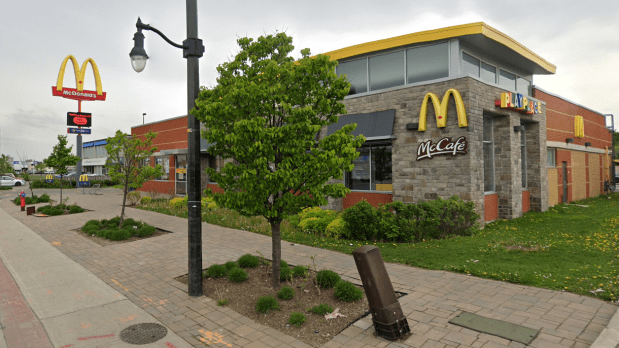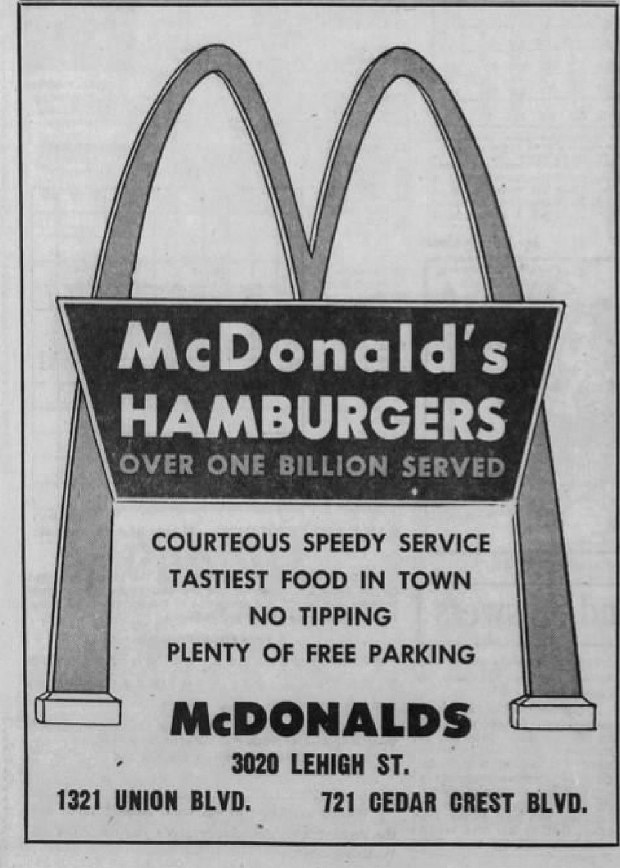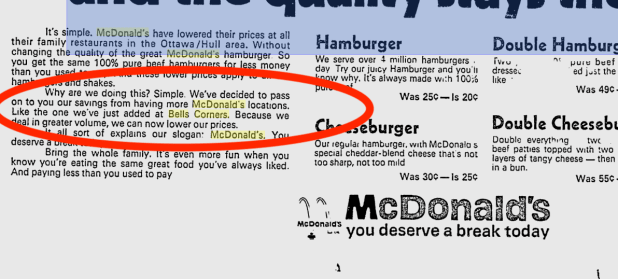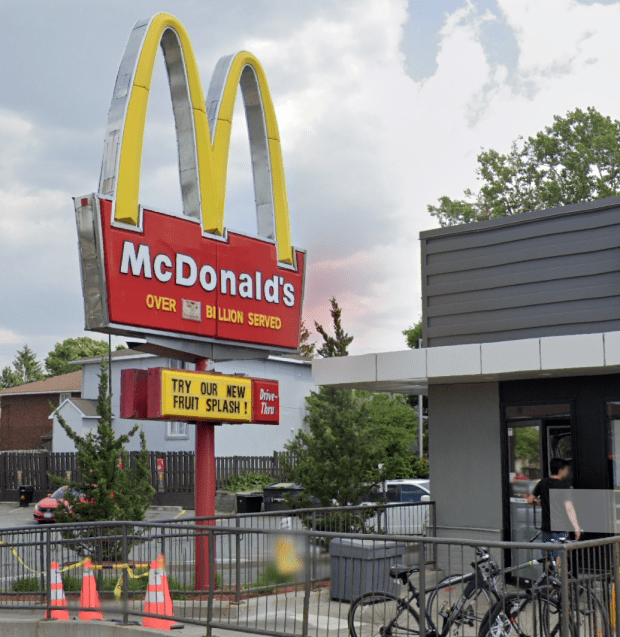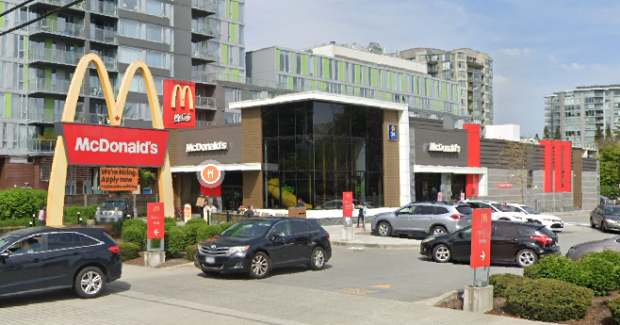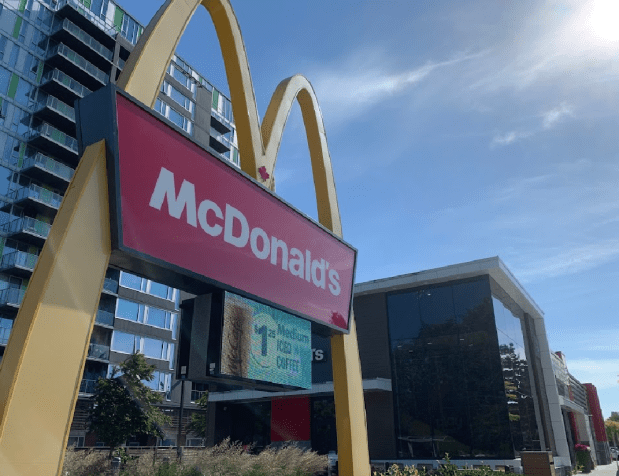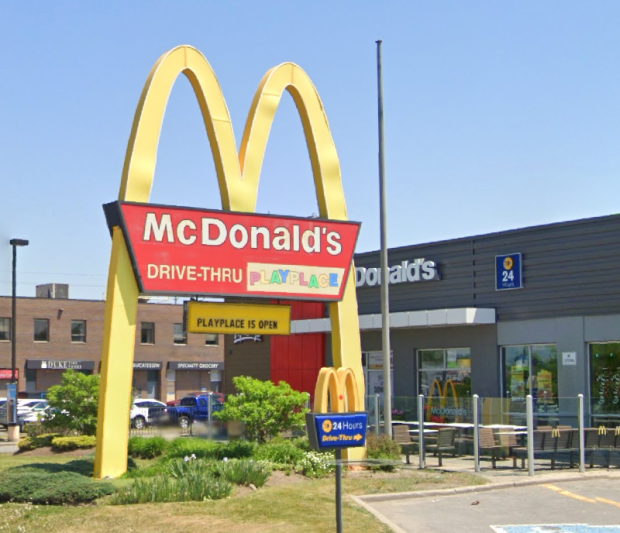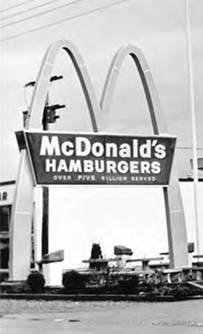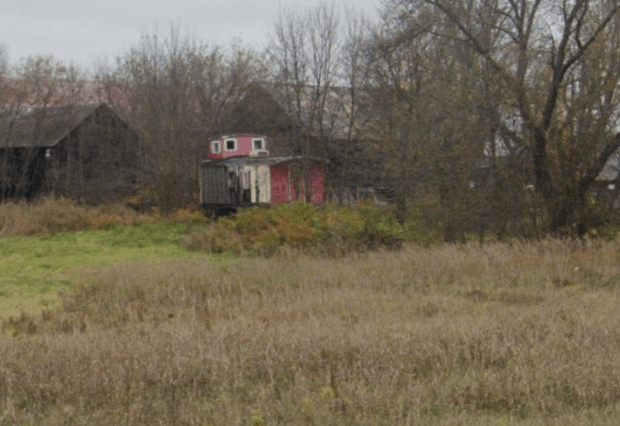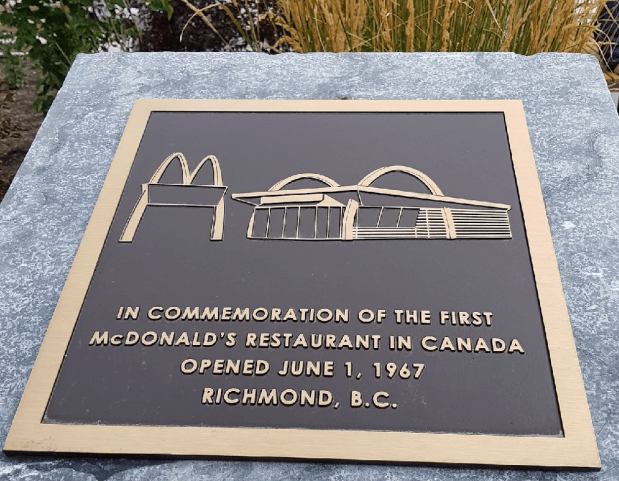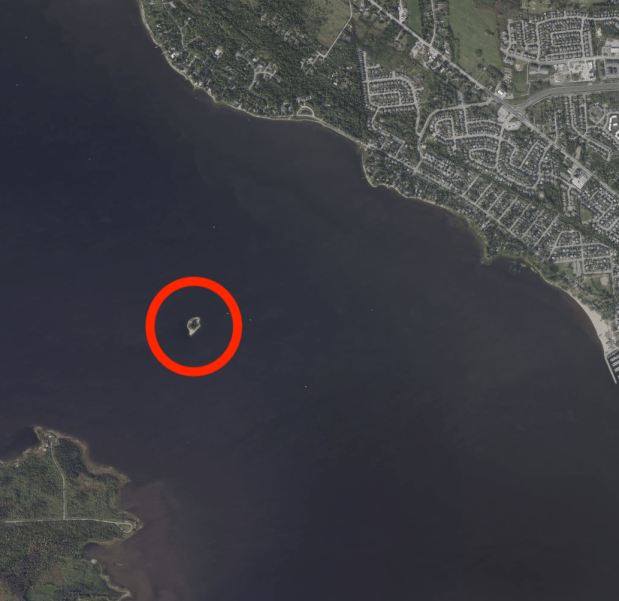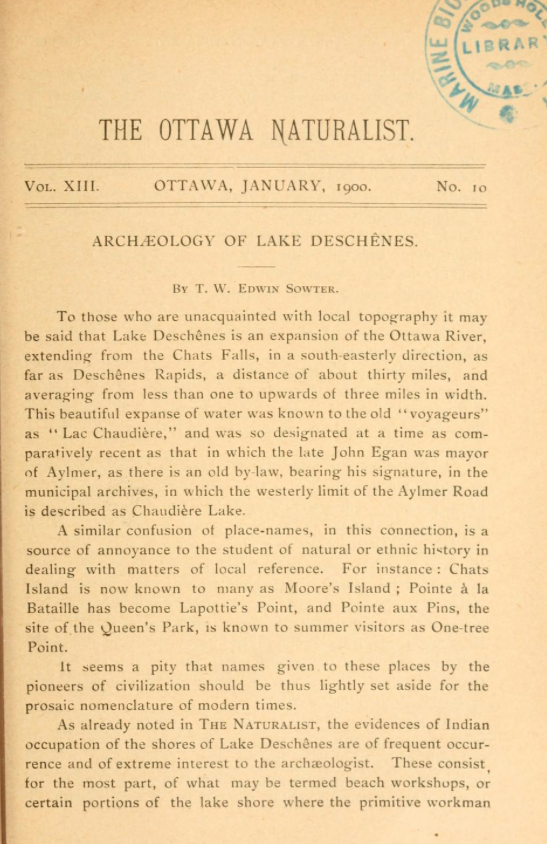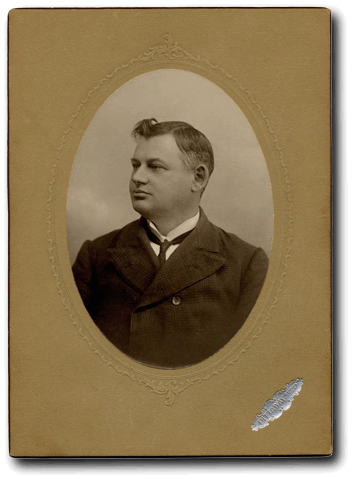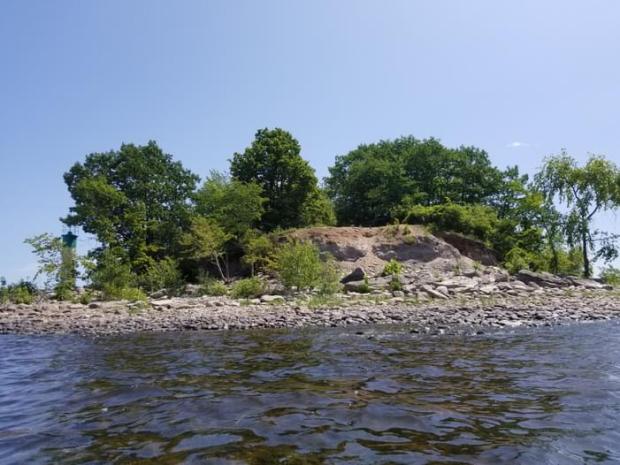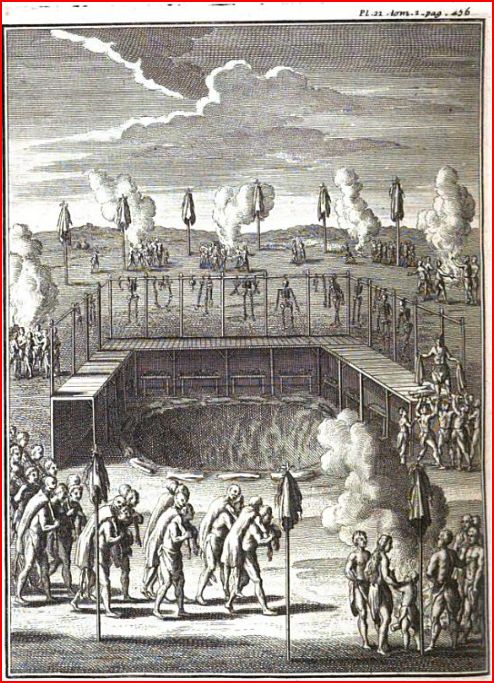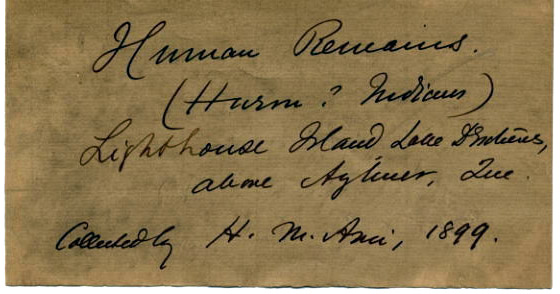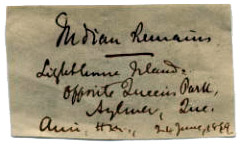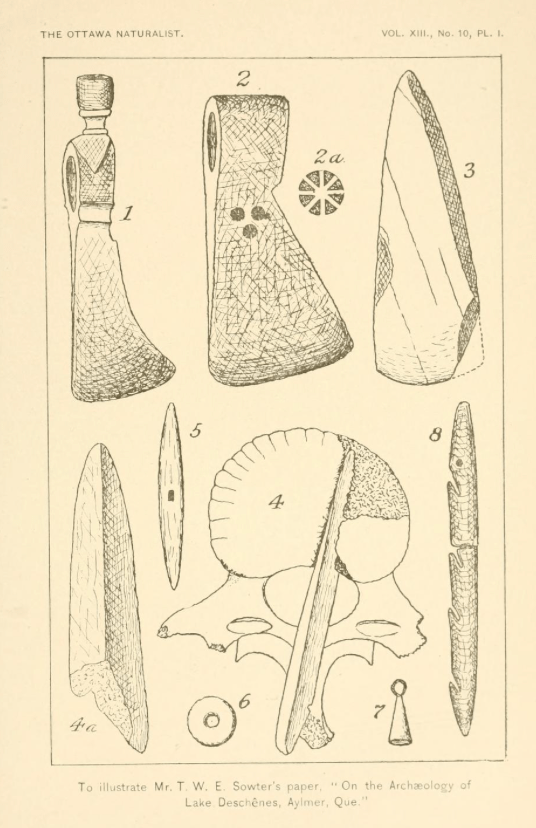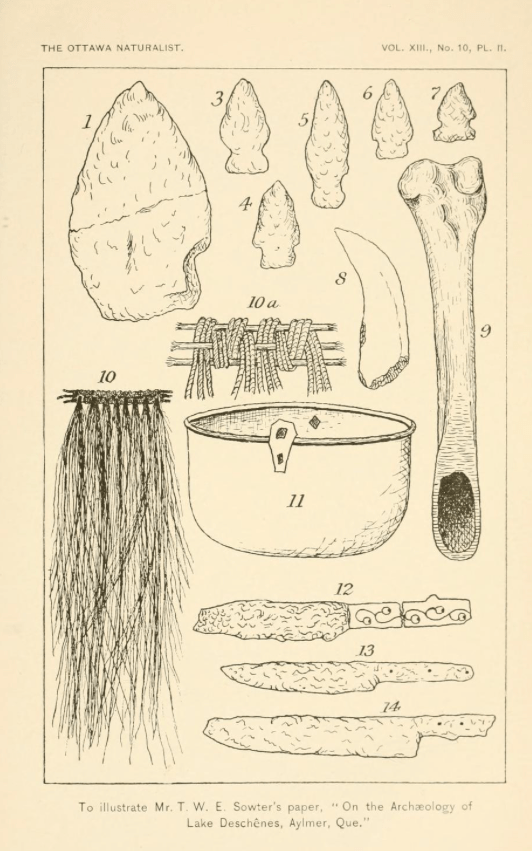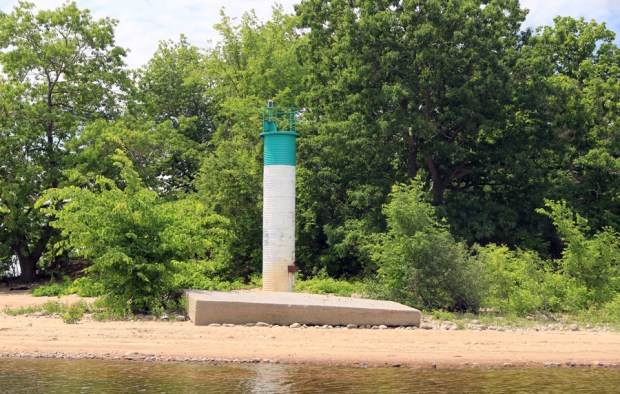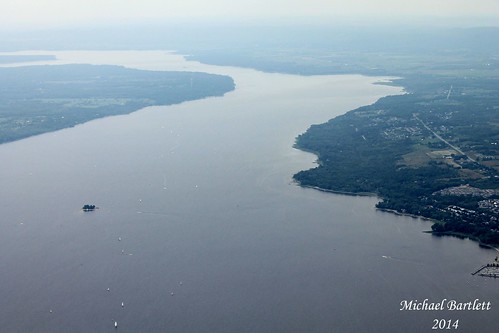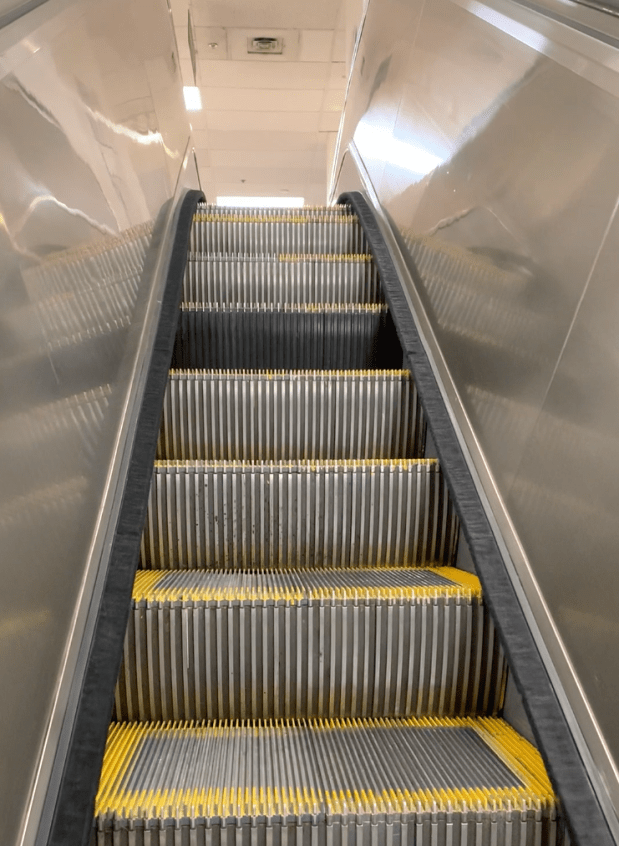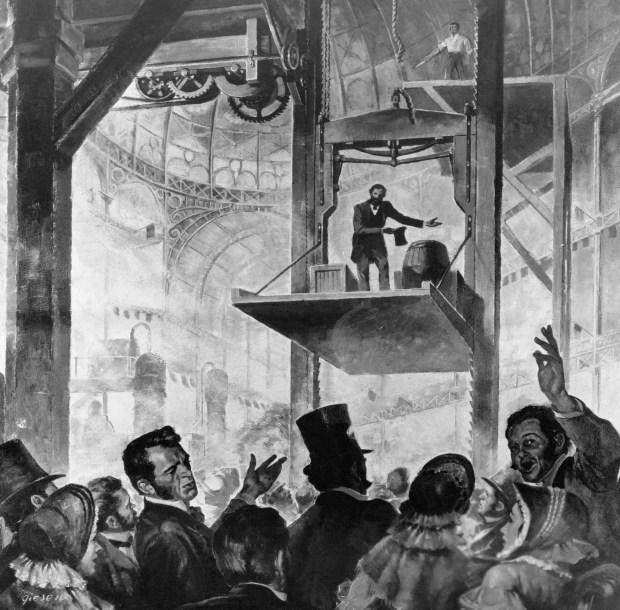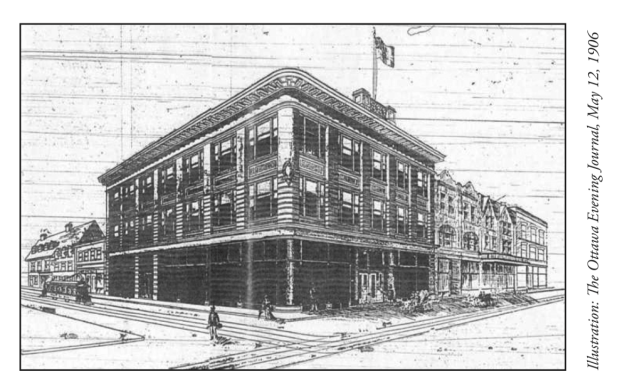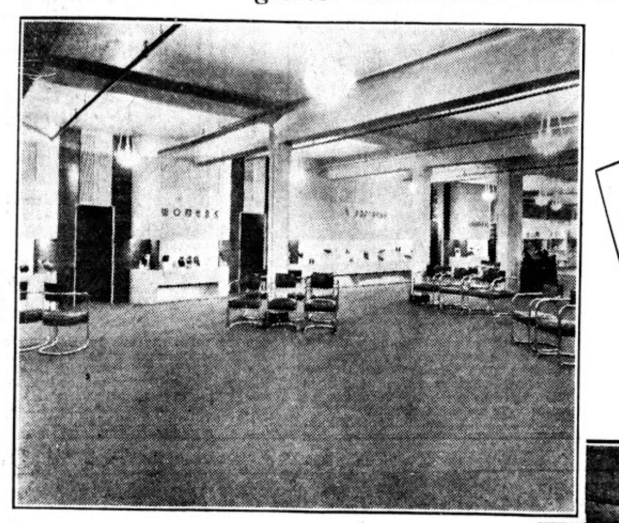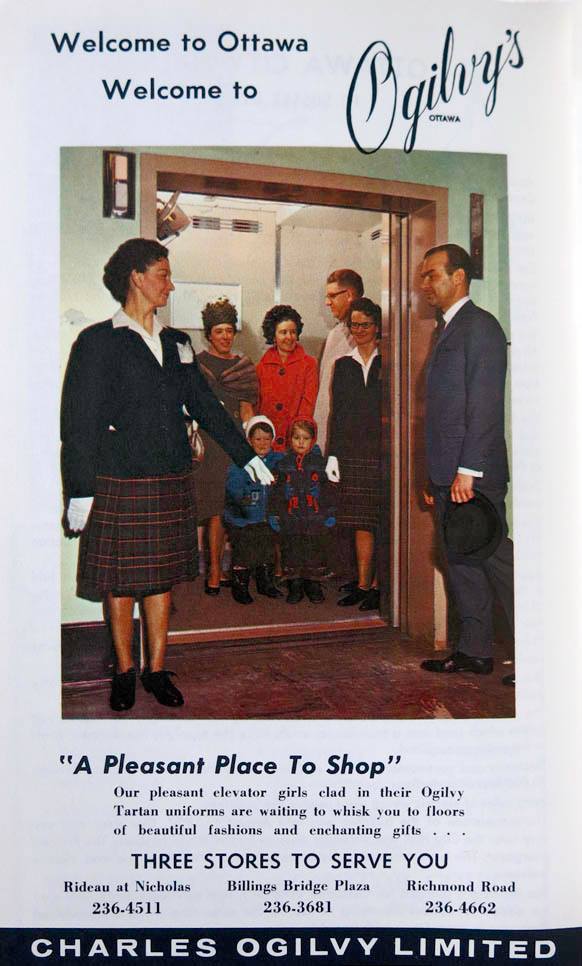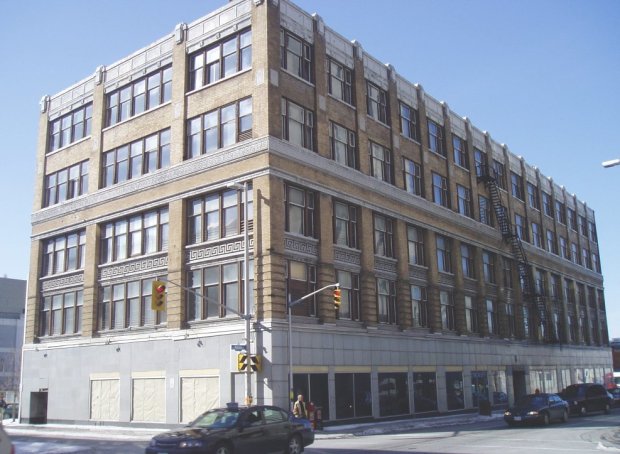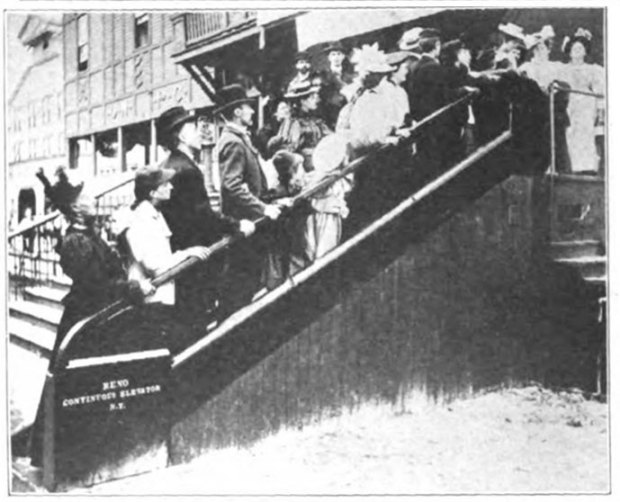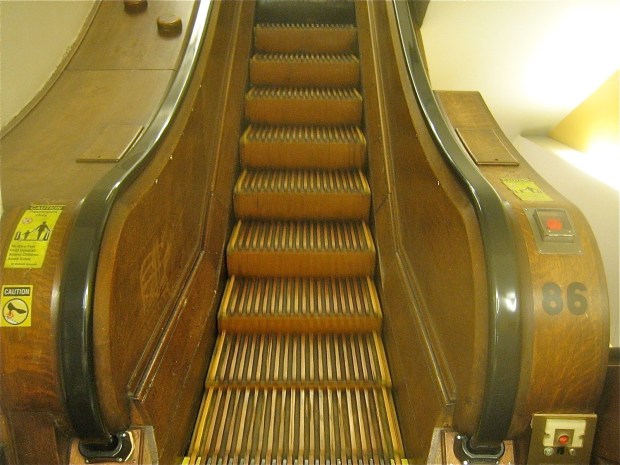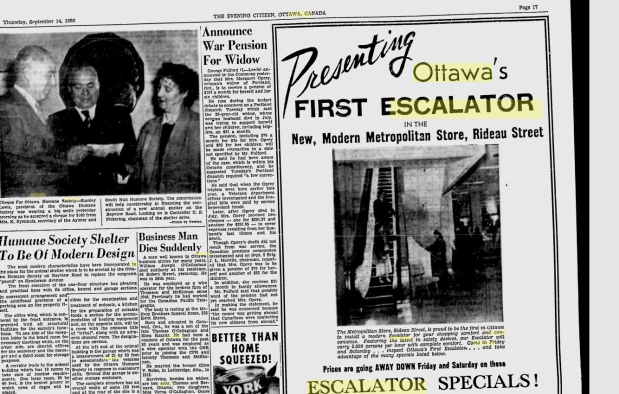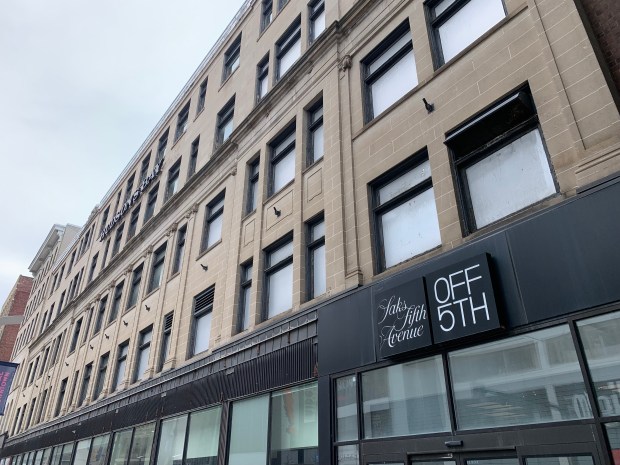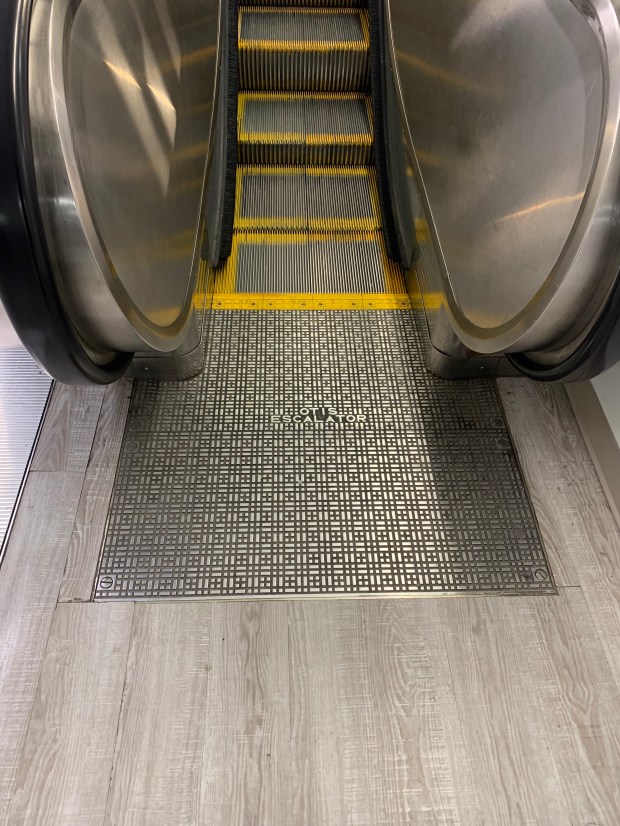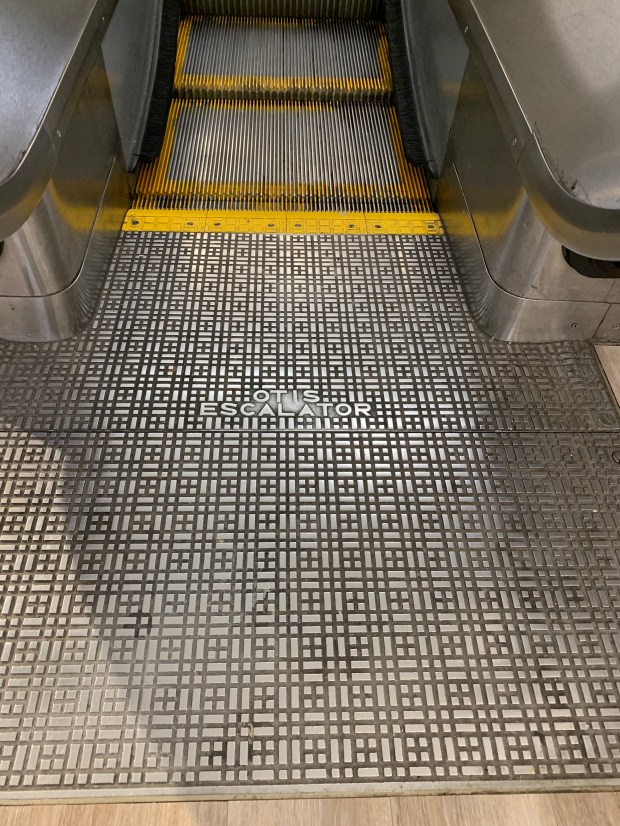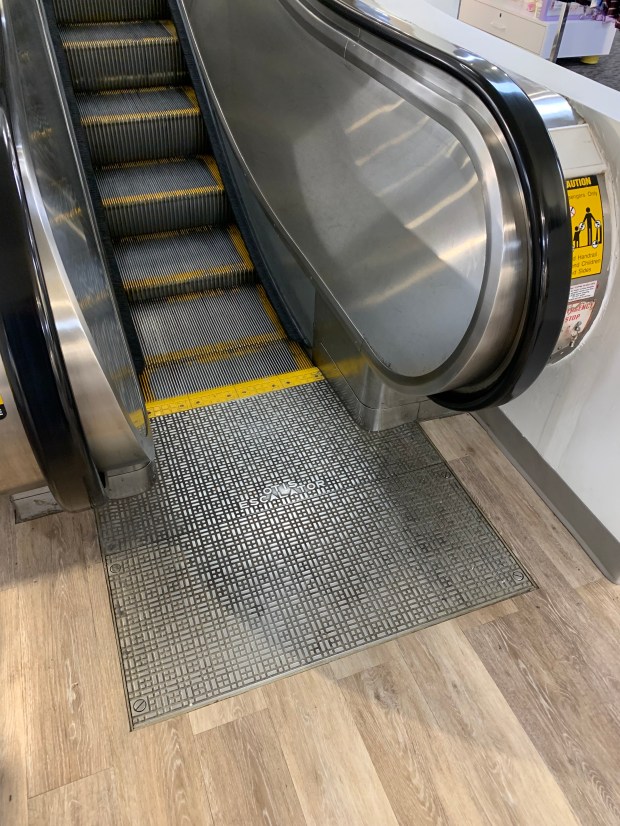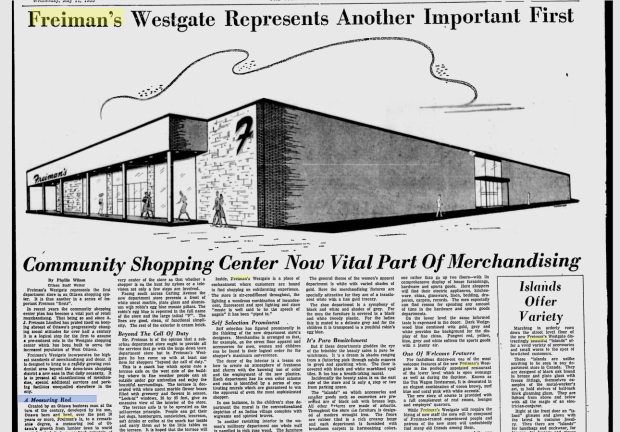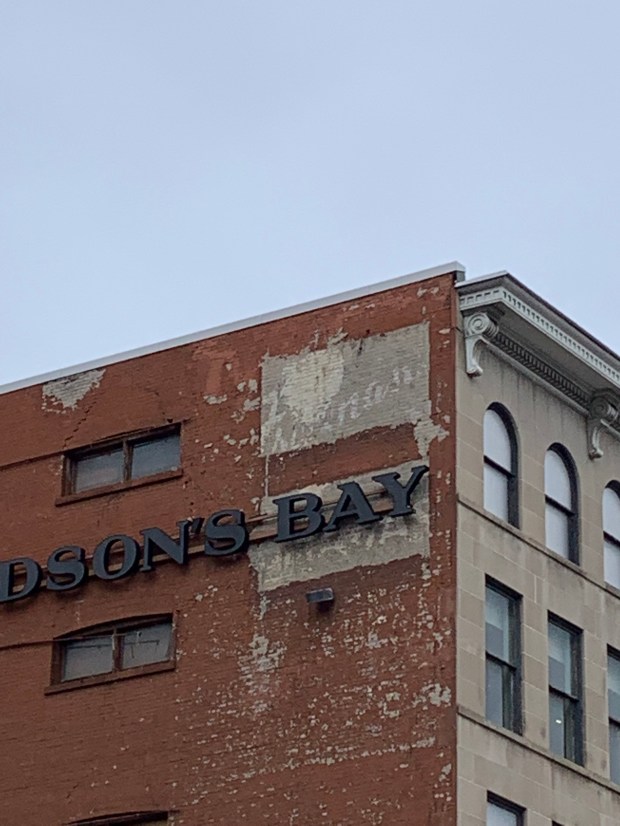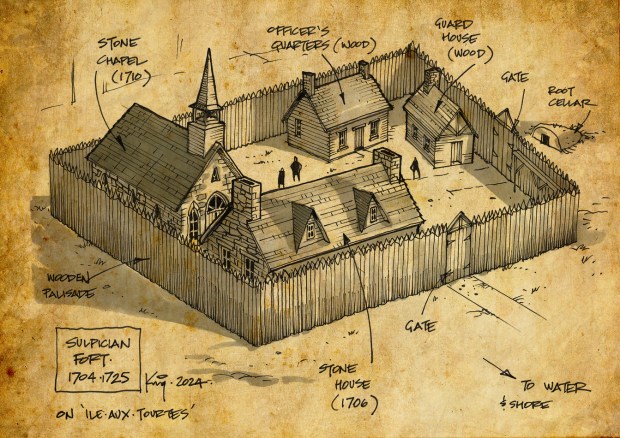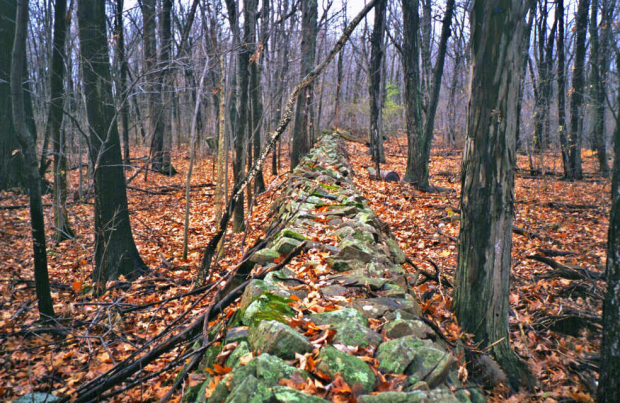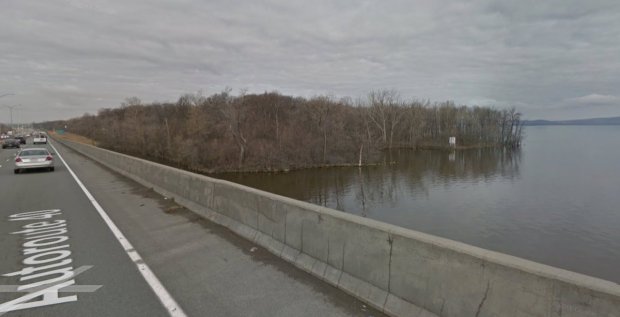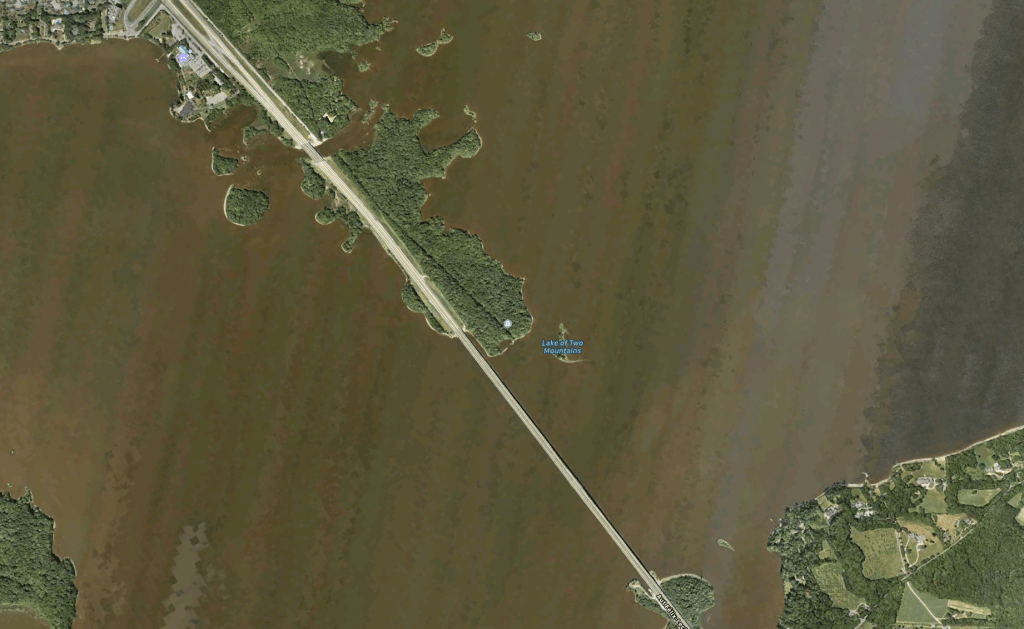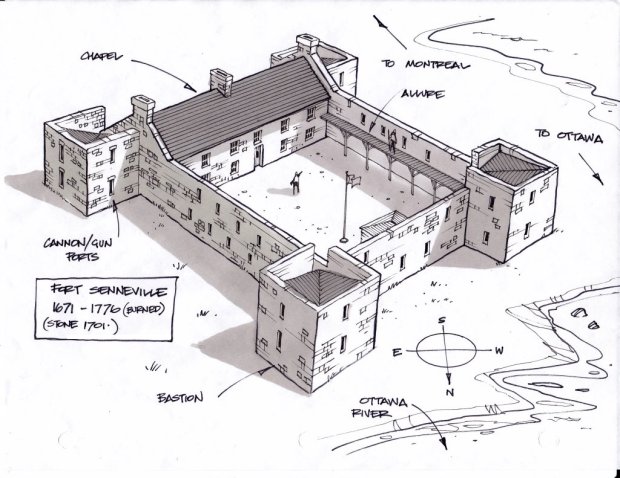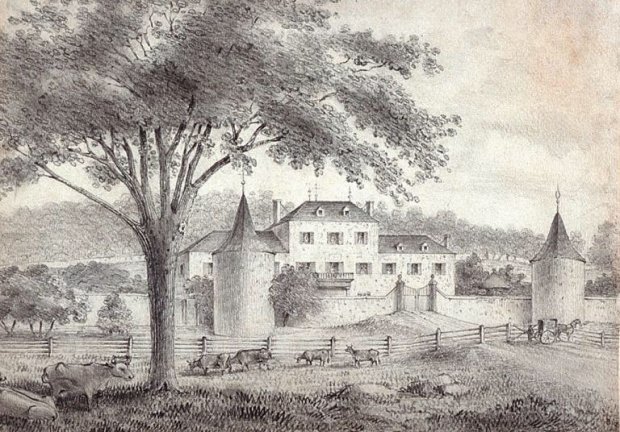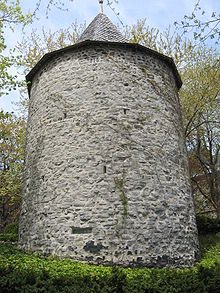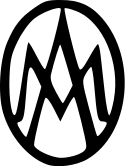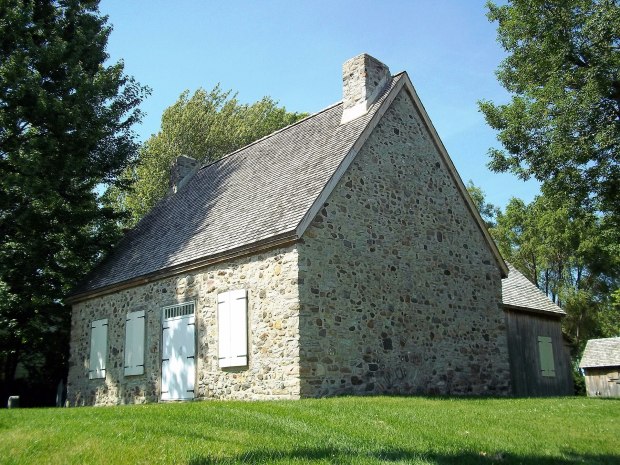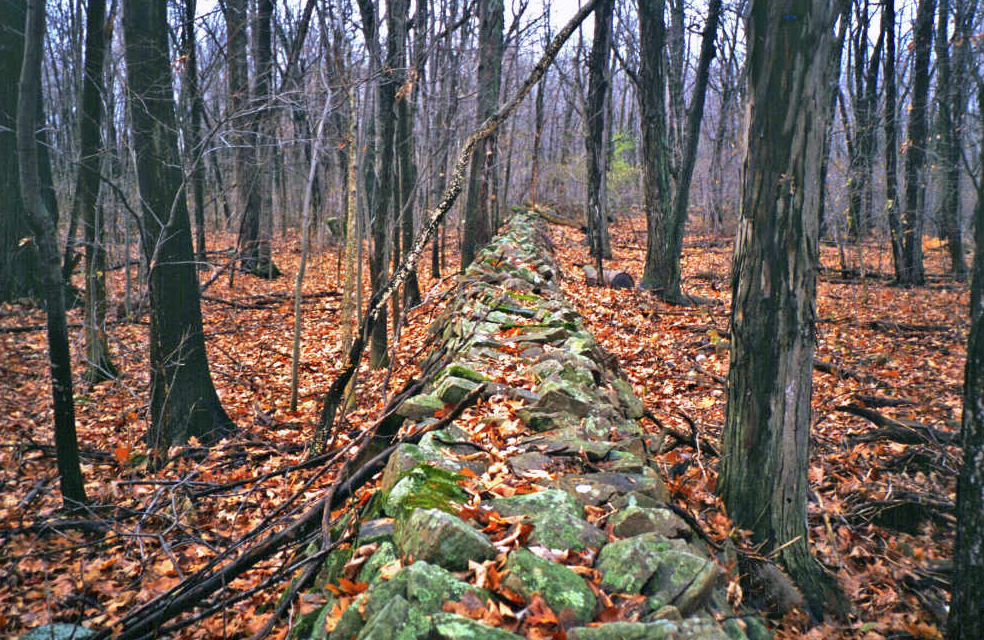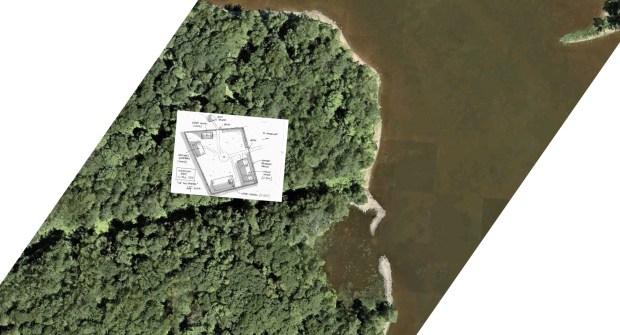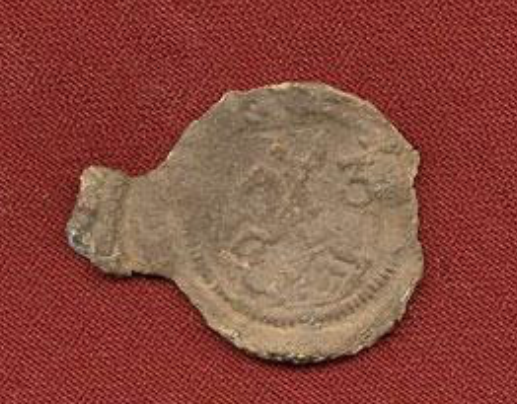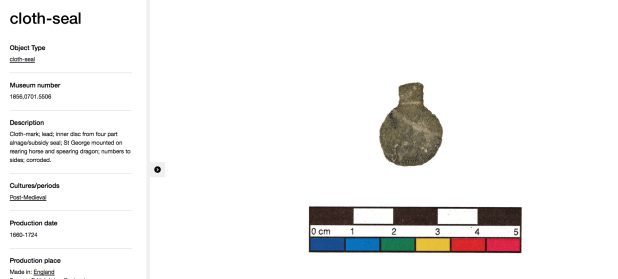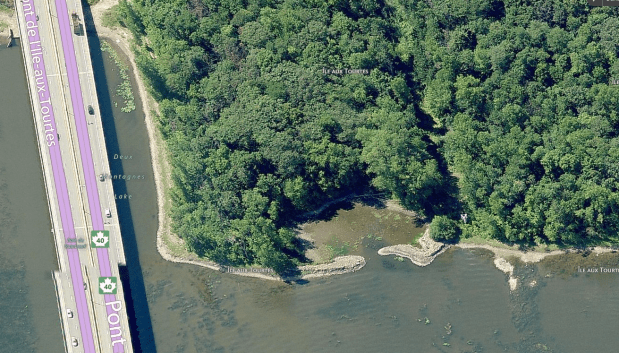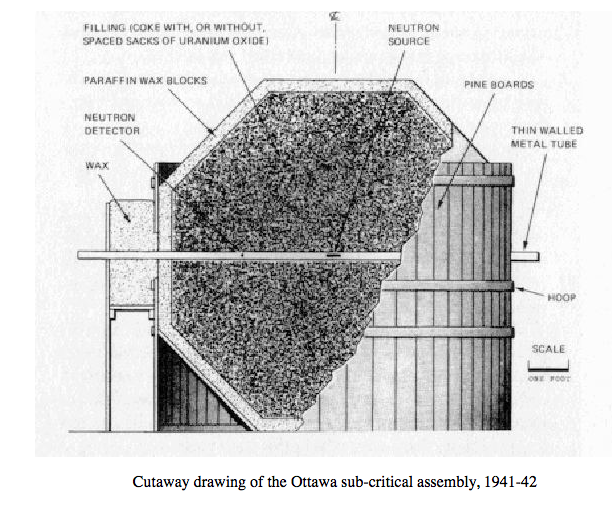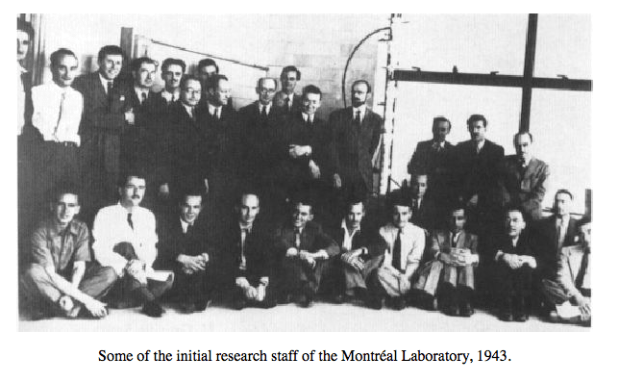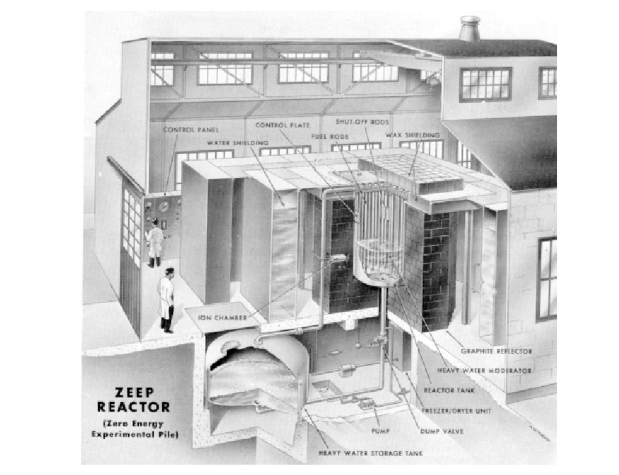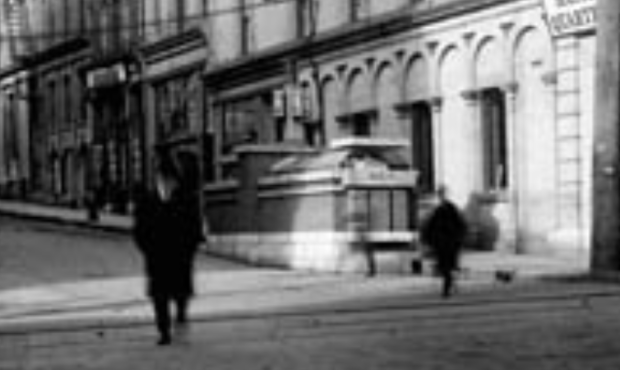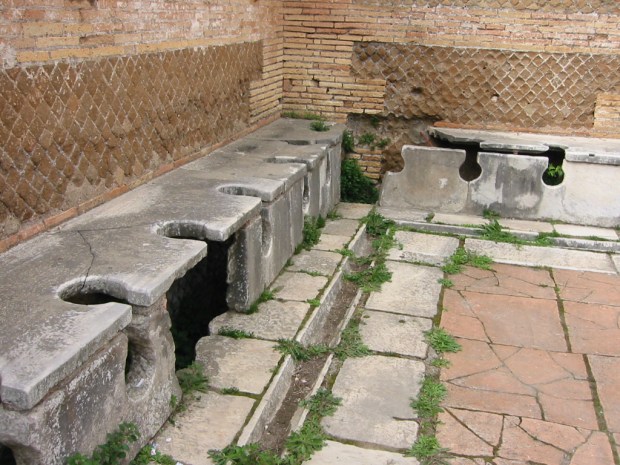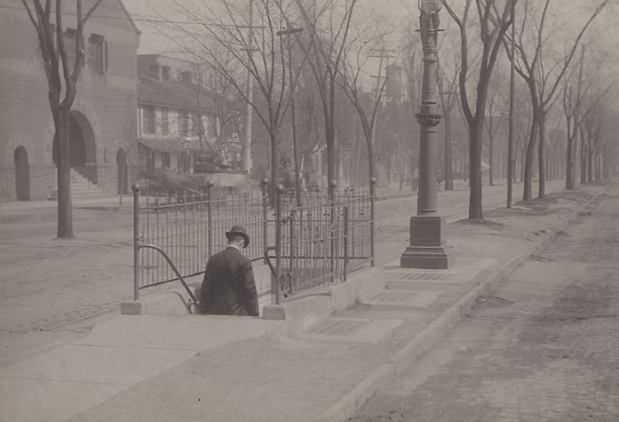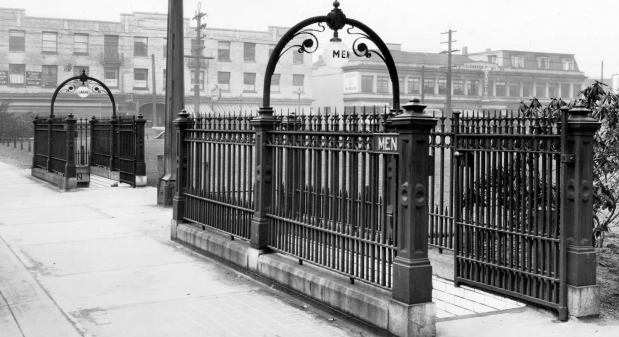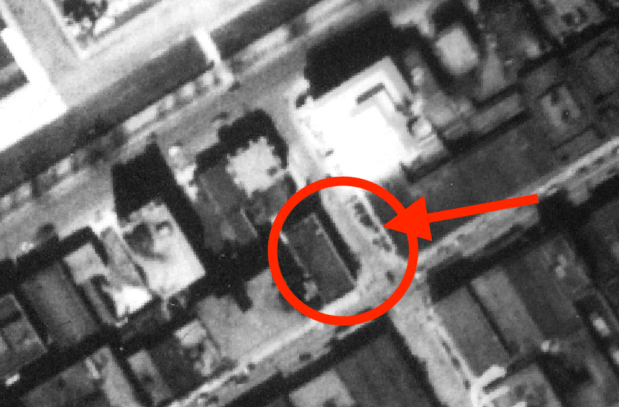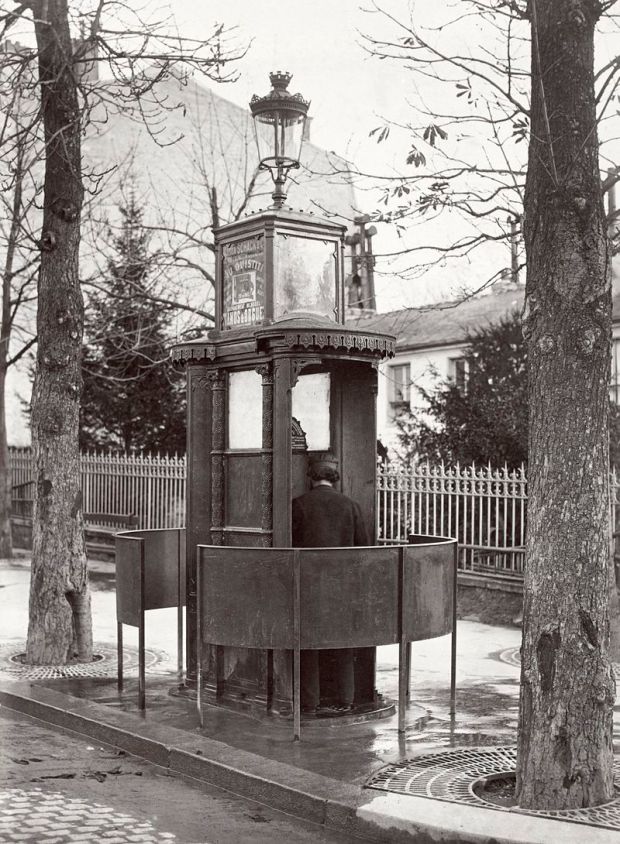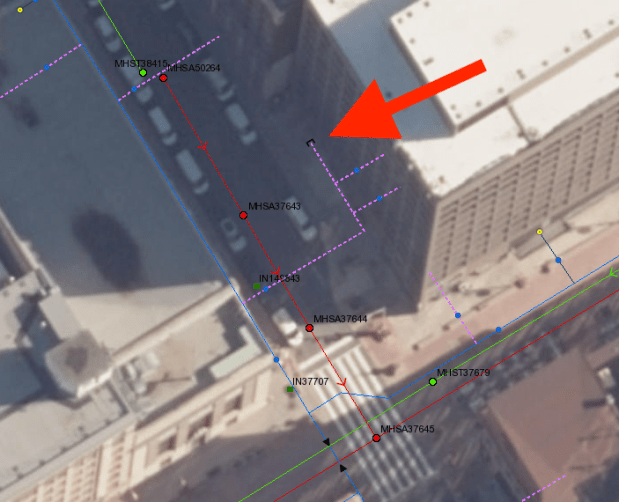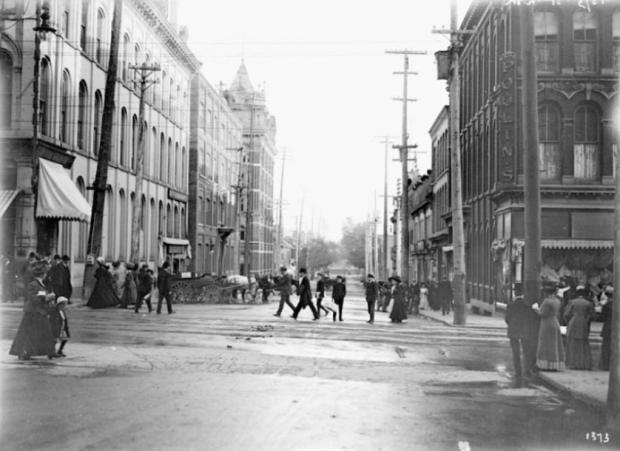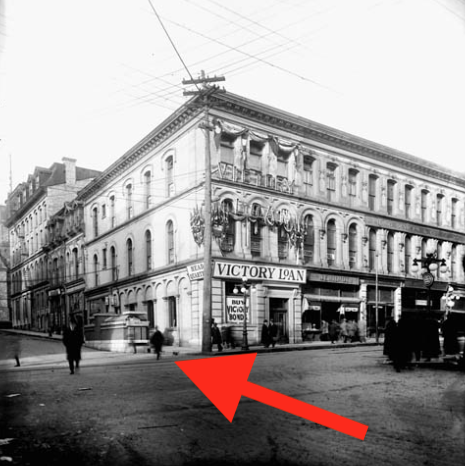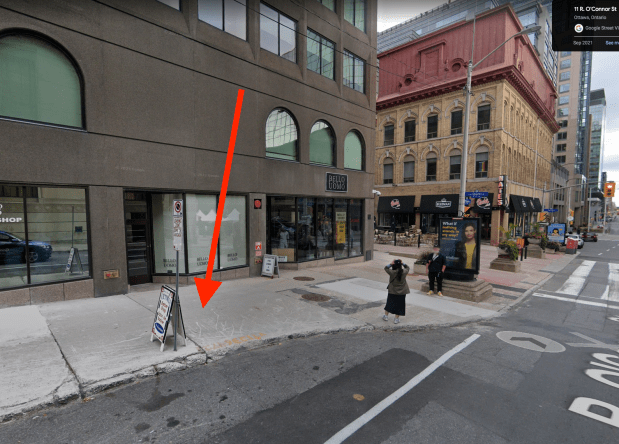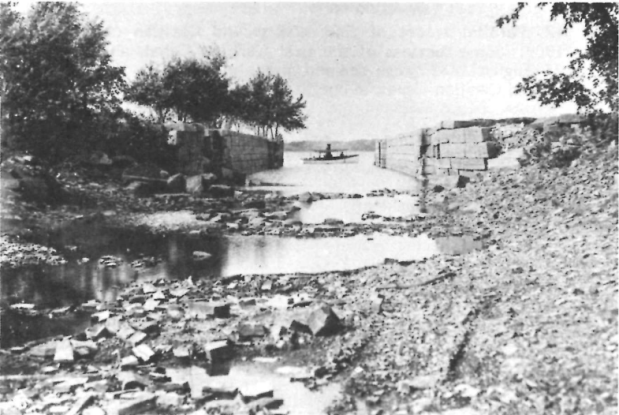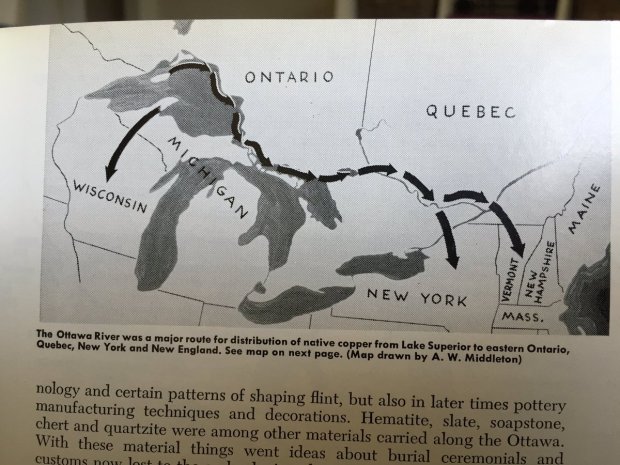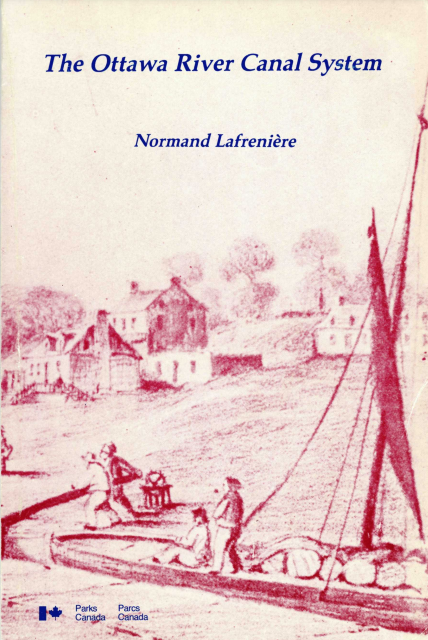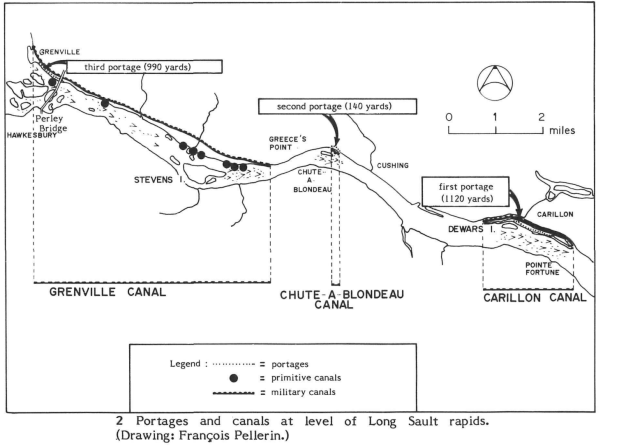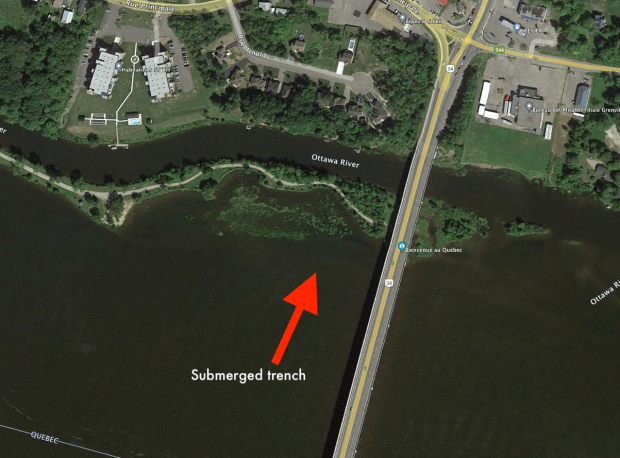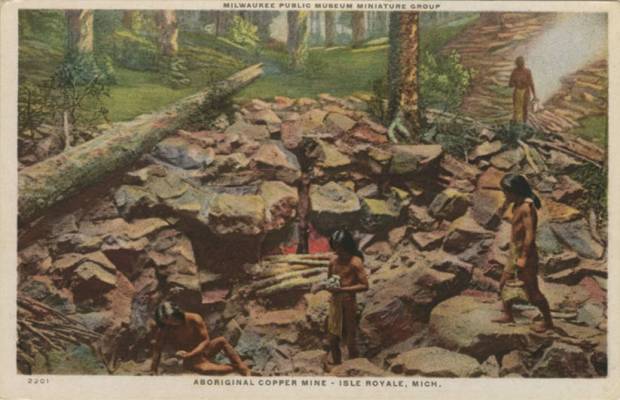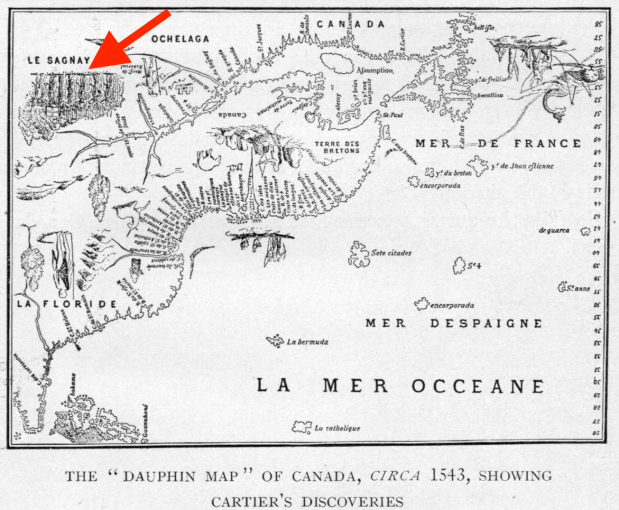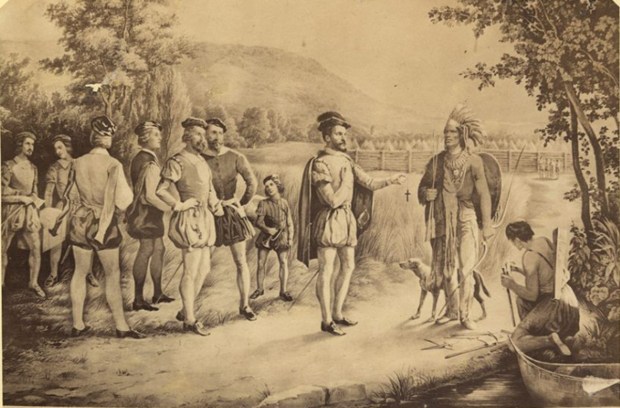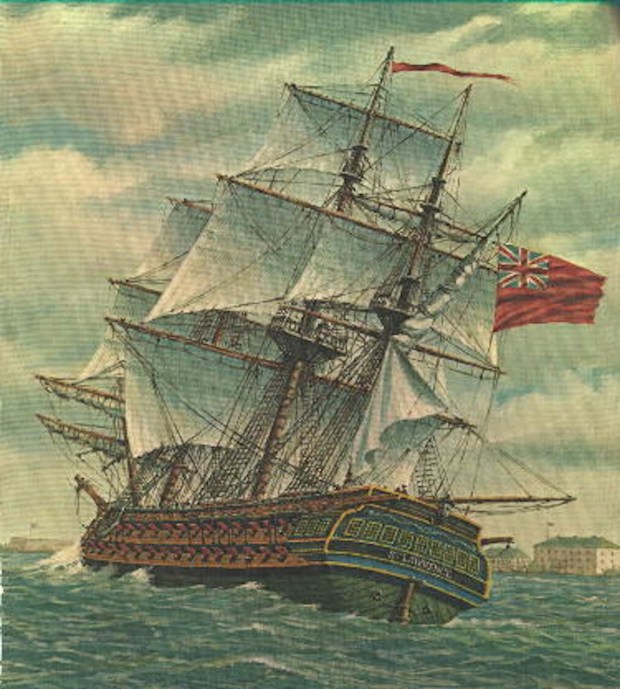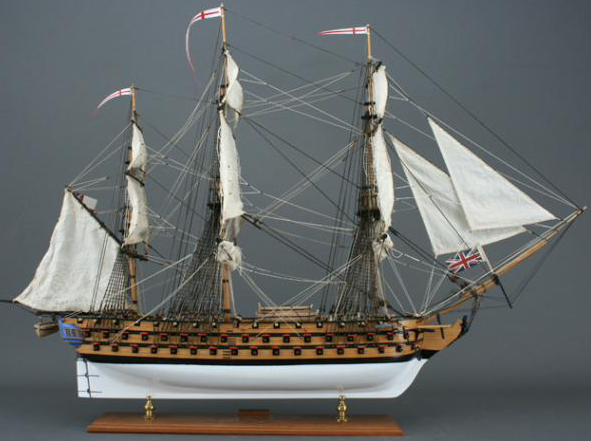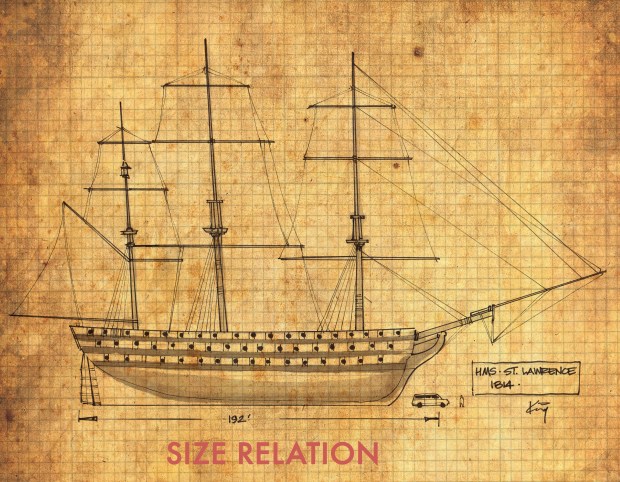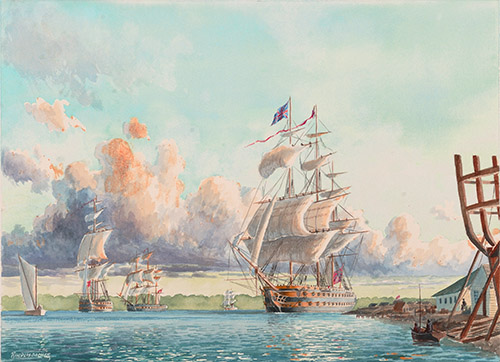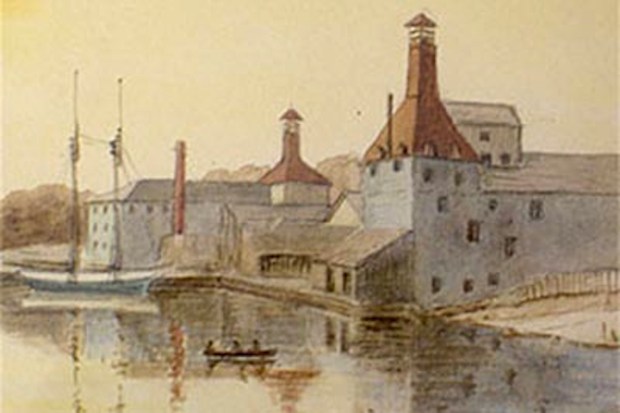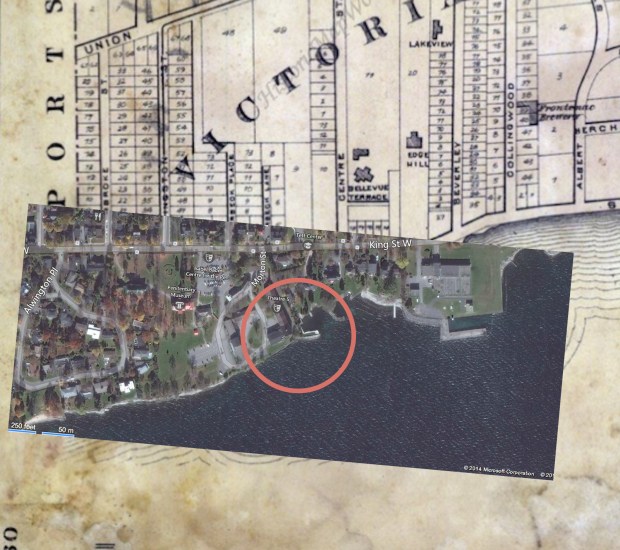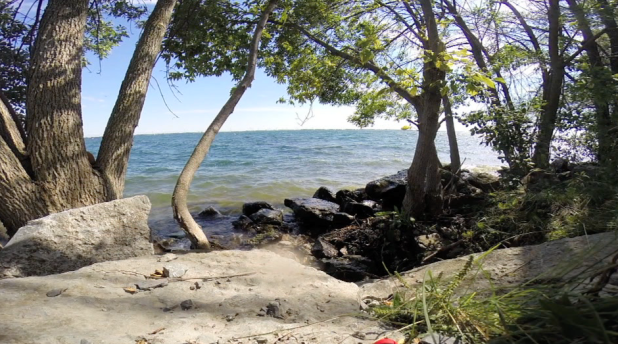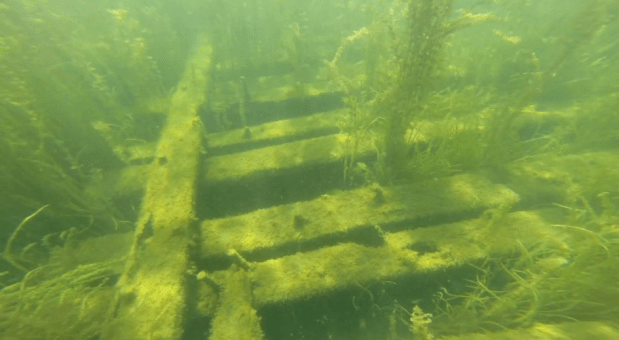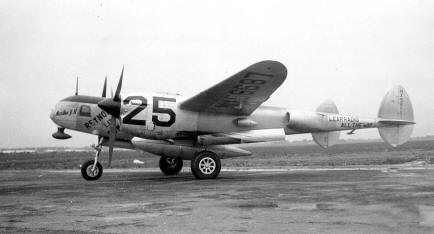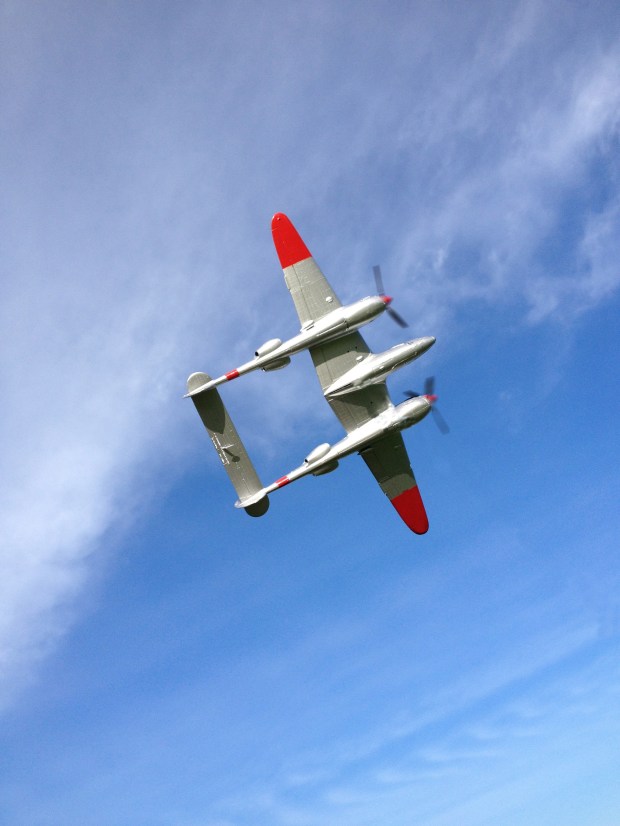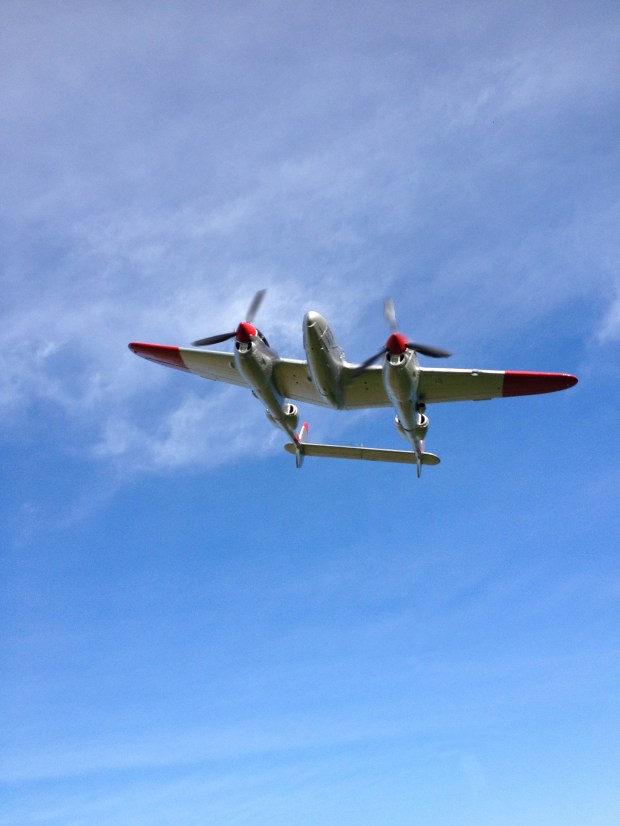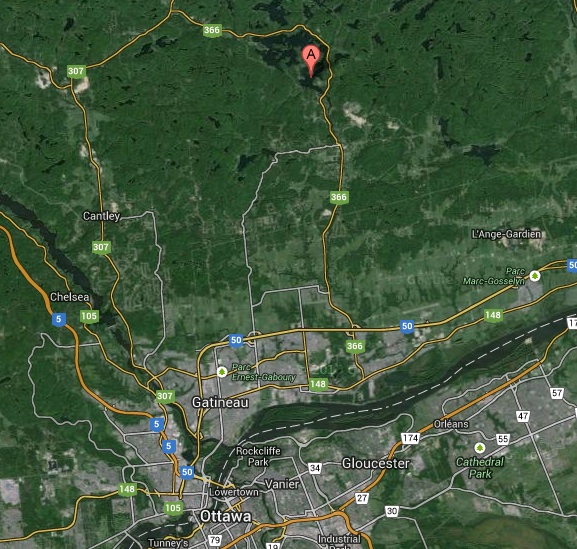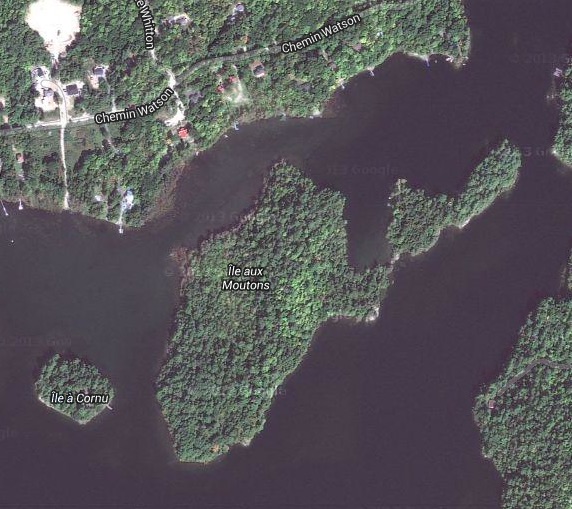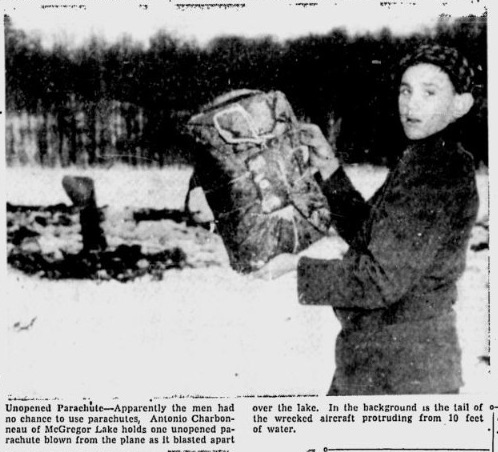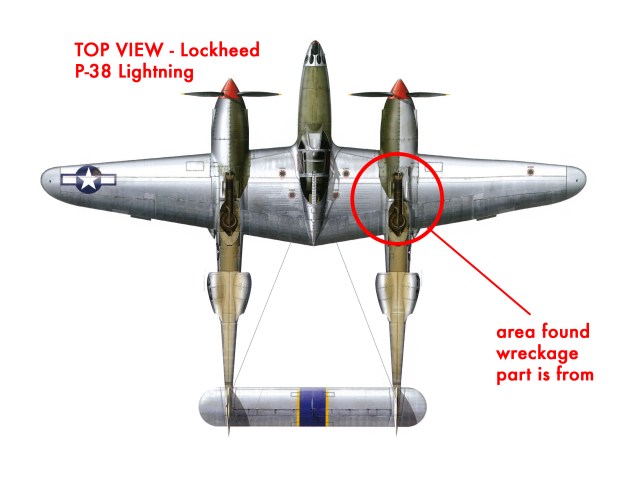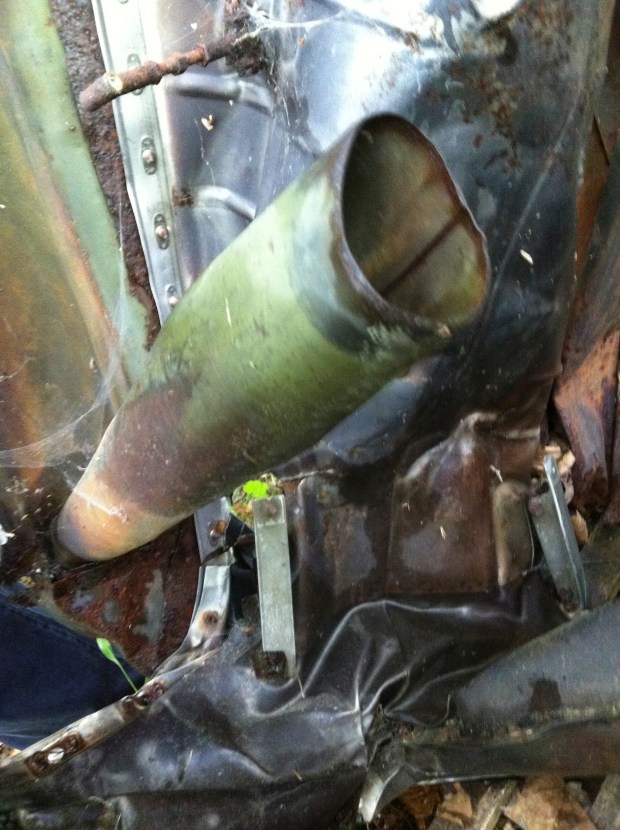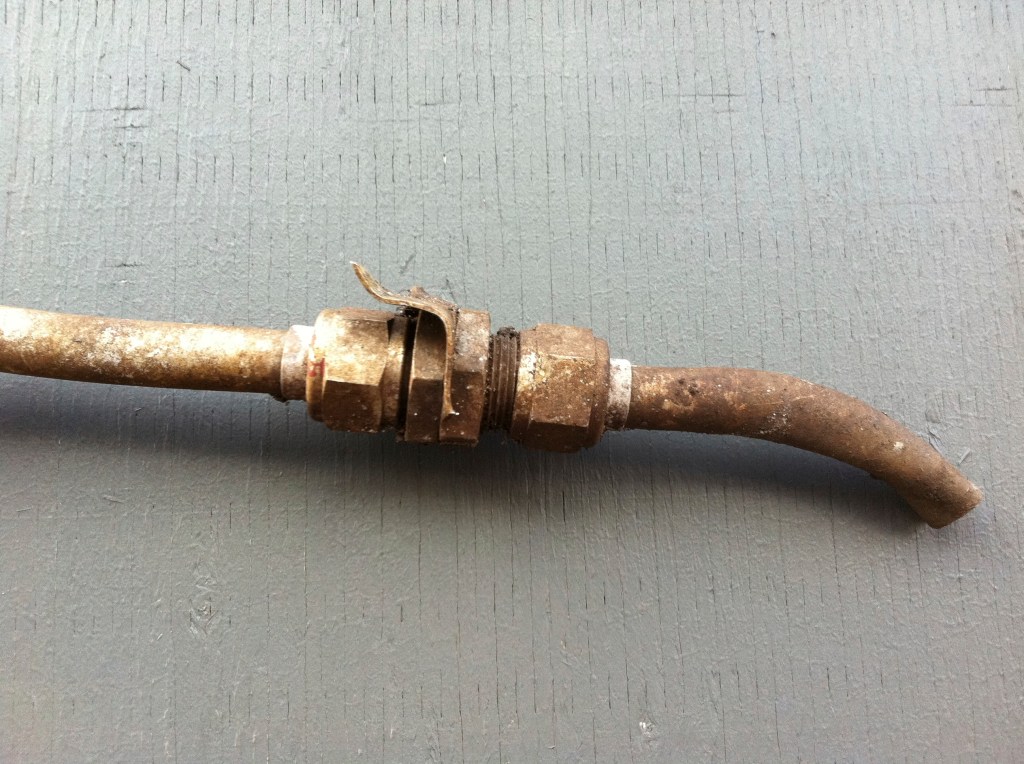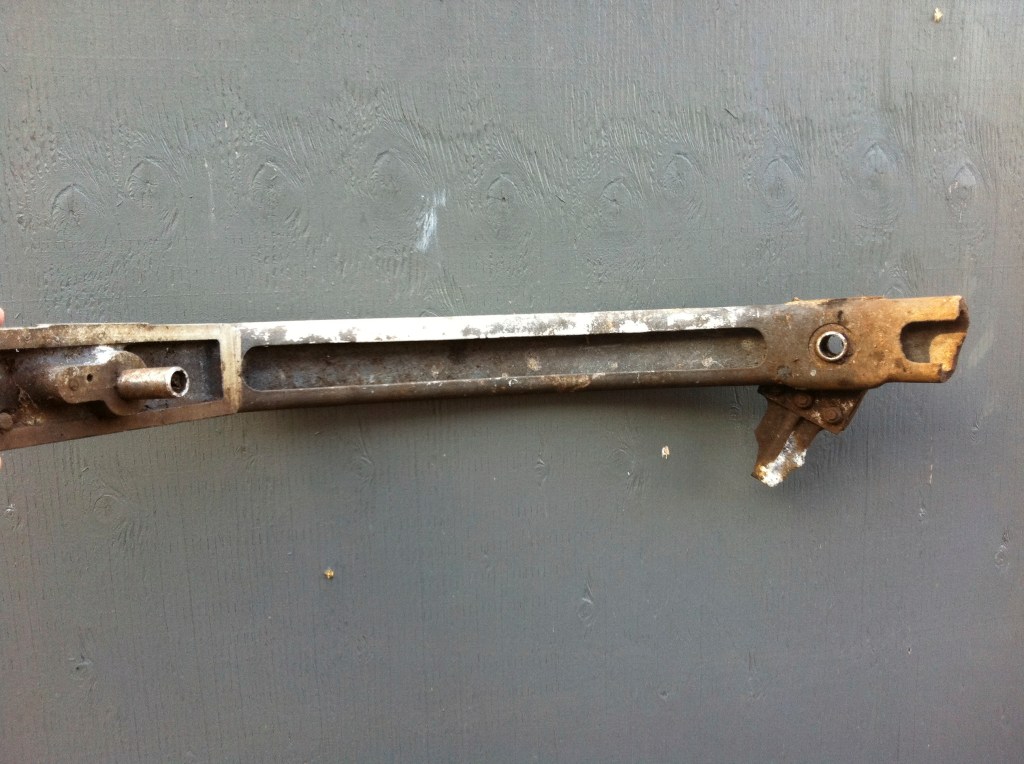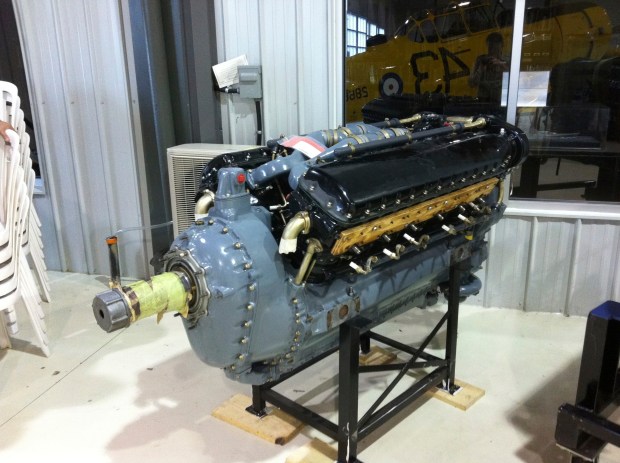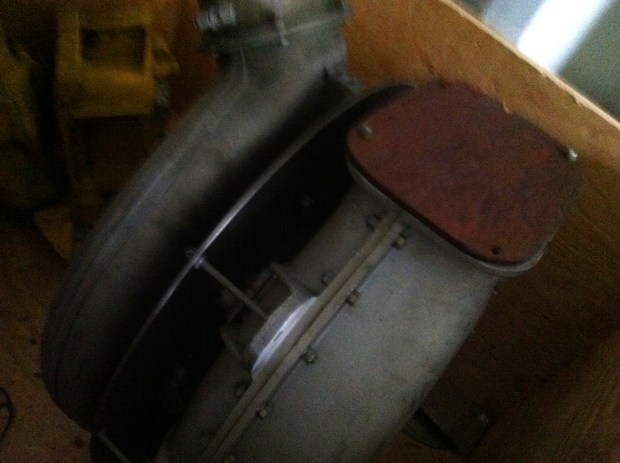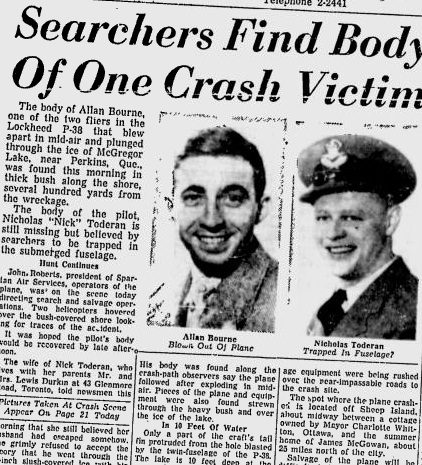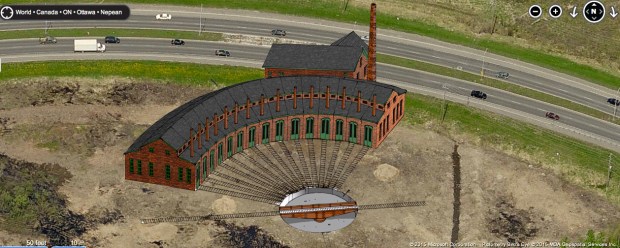
As the capital city of Canada, Ottawa contains a number of historical artifacts, and it may contain a historical relic beyond the scope of museums: The Oldest Original McDonald’s sign in Canada.
BACKSTORY
Back in the 1980s I visited my aunt in Kanata and we would often visit Bells Corners and pass by a McDonald’s that always seemed like a magical wonderland with its colourful Party Caboose and its huge Golden Arches. I never thought much about it until recently when I was passing by it reminiscing about the carefree times as a kid in the 80s and noticed something unusual about it. The Golden Arches seem to grow right out of the ground, unlike any other McDonald’s sign I’ve ever seen. This took me on a assignment to uncover why it was so different, with the result being that this could very well be the oldest surviving McDonald’s sign in Canada.
History Of McDonald’s In Canada

In 1940 Richard and Maurice McDonald opened the first McDonald’s in San Bernardino, California and by 1961, McDonald’s filed for a U.S. trademark on the name “McDonald’s”. Under the guidance of Ray Kroc, they filed for a trademark on a new logo—an overlapping, double-arched “M” symbol. Although the “Golden Arches” logo appeared in various forms, the present version was not used until November 18, 1968, when the company was granted a U.S. trademark.
In Canada, the first McDonald’s opened in Richmond, British Columbia in 1967 by future Keg founder George Tidball. A year later in 1968 the first McDonald’s in Ontario opened at 520 Oxford Street West in London.
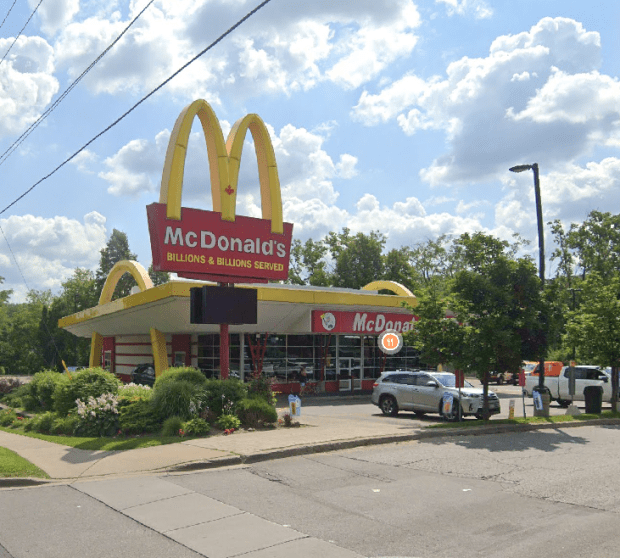
George Cohon headed an operation of opening other franchises in Eastern Ontario, notably at 344 Queen Street East in Brampton, which was the first in the Greater Toronto Area. In 1971, Western and Eastern Canada operations merged to create McDonald’s Canada with Cohon in charge.
It would thus be in the years of 1968-71 that we would start seeing the “Big M”, a massive golden-arch sign design used until the mid-1970s when it was replaced with the now familiar, and still used, smaller McDonald’s sign attached to a towering pole.
This later 1970s sign was part of a new “look” promoting the mansard-roofed, brick-covered restaurants of that era we all knew and loved as kids in the 80s.
Surviving examples of the original Big M sign are increasingly rare, with only a handful still surviving in the United States, and as far as I can determine, only two exist in Canada…a restored new version at the first McDonald’s in Canada, and the one in Bells Corners.
THE SIGN
The Bells Corners McDonald’s sign is original to the restaurant that likely opened in 1970/1 as determined by an old Ottawa Citizen ad from June 4, 1971.
That location joined three other “first” Ottawa McDonald’s that opened around the same time.
-1880 Carling Avenue (store still exists, has later pedestal sign)
-622 St. Joseph Bld. Hull (non-existent)
-1675 Merivale Rd. (original BIG M sign removed sometime after 2006, currently a new pedestal sign)


The very first mcDonald’s in Canada, the one in Richmond, has a Big M sign, BUT it has a newer restoration of the original when the location was remodelled in 2017.

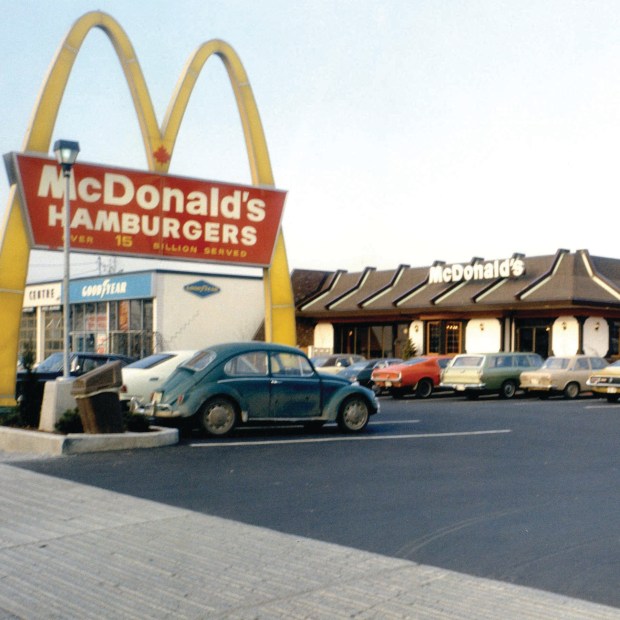
You can tell the Bells Corners sign is the original by the separate plastic sections that make up the yellow arches with the edges trimmed in aluminum edging.

What is ultra interesting, is that the Bells Corners sign is missing its maple leaf, like the original 1967 one in Richmond, BC. It was only later in the 1970s that the maple leaf was added to the centre of the Golden Arches to denote the Canadian franchises.
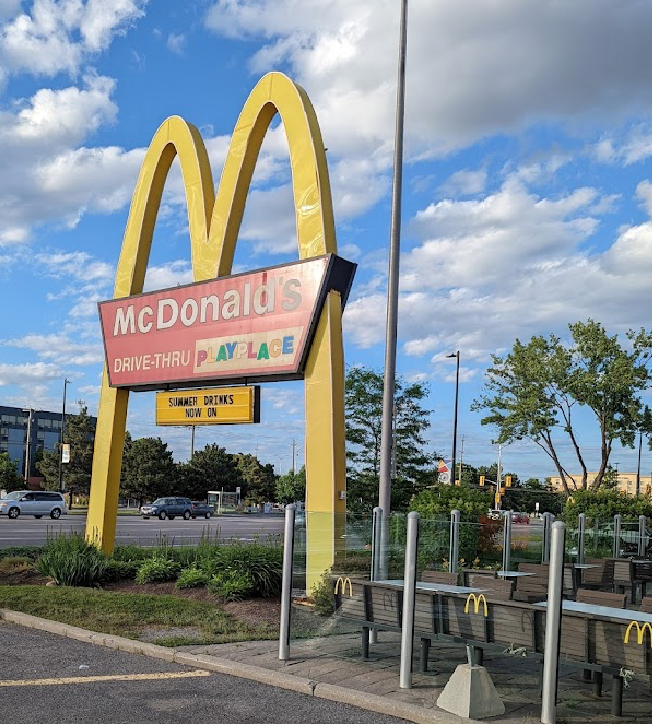
I researched all the original Toronto locations as well and all of them no longer have the original Big M sign either. I also searched other cities throughout Eastern Ontario to see if any other original location McDonald’s still had the original Big M signage. None that I could find, but perhaps there is one still out there waiting to be discovered that I missed. Please let me know if you find one. I reached out to McDonald’s Canada to confirm with them but have yet to hear back after a month.
The Caboose
In addition to the Big M sign, the McDonald’s in Bells Corners also had a “Party Caboose”. These were placed in McDonald’s across North America in the 1970s and took real, old railway cabooses and converted them into birthday party playhouses. Used for children’s birthday party celebrations, the caboose usually featured such magical amenities as lip-staining Orange Drink from a plastic drum, a birthday cake and of course Happy Meals for every kid in attendance.
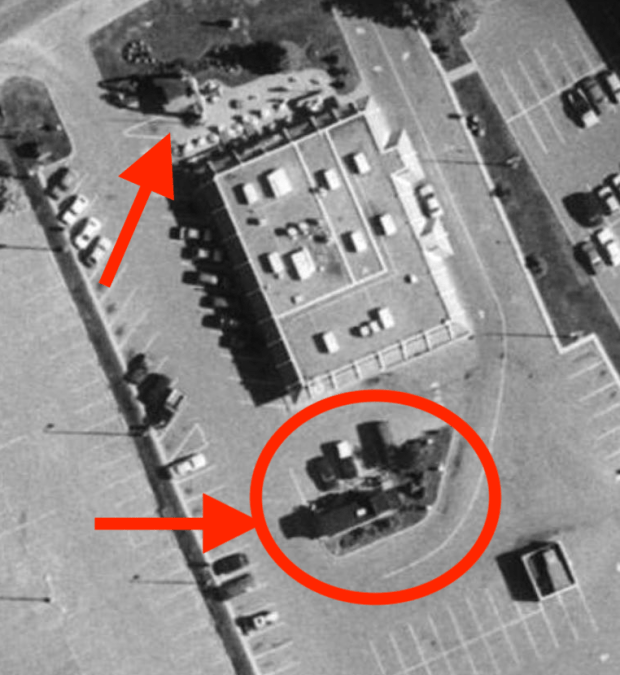
Ottawa had two Party Cabooses, one in Bells Corners and one at the St.Laurent McDonald’sThe one on St.Laurent was a 1913 CP rail caboose, 436534

The one in Bells Corners removed in the 1990s could now be the one that is now on Bentley Ave. which used to be at the Stittisville Flea Market, CN 78948 c.1918
Using the records from the Bytown Railway Society, I traced the two cabooses, and tracked the St.Laurent McDonalds Caboose to where it is now, in a field near Balderson, Ontario.
You can visit it in the fall as it is a working apple orchard. As for the Bells Corners McDonald’s Party Caboose, it’s either missing in action, or is the one that now lies at the Carleton Iron Works on Bentley Ave. off Merivale.
END OF AN ERA
From a time when burger joints of the 1970s/80s were marketed towards kids, the remnants of this bygone era disappeared with a push away from junk food in the early 2000’s.
However, one relic remains, standing tall as it has done for 54 years in Bells Corners. The Big M Golden Arches are a testament to a time when large, eye catching signs were carefully designed and incorporated into architecture to boost traffic and remain ingrained in our memories.
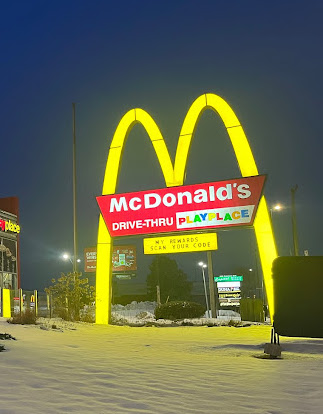
Possibly being the last, original McDonald’s sign in Canada it might be time we recognize its significance and place it under Heritage Destination by the City Of Ottawa like the one in Richmond, BC.
It is a lasting symbol of a time when design and signage were an important and integral part of mid-century marketing.
Until then, next time you drive through Bells Corners, pass a glance at what is likely the last remaining truly original McDonald’s sign in Canada.
Andrew King, April 18th, 2024
SOURCES
https://en.wikipedia.org/wiki/McDonald%27s
https://www.mcdonalds.com/ca/en-ca/about-us/our-history.html
https://en.wikipedia.org/wiki/Golden_Arches
https://www.richmond-news.com/local-news/golden-arches-on-no-3-road-are-heritage-item-city-3044334
https://dailyhive.com/vancouver/first-mcdonalds-canada-richmond-grand-reopening-2017
GeoOttawa
Google Maps

